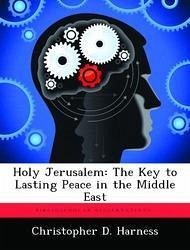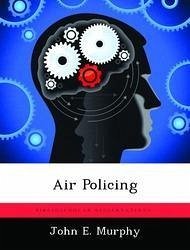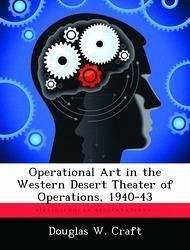Nicht lieferbar

Desert Talons: Historical Perspectives and Implications of Air Policing in the Middle East
Versandkostenfrei!
Nicht lieferbar
As US and coalition ground forces seek to transfer security authority to Iraqi battalions, airpower is uniquely endowed with capabilities that will allow it to act as a "force multiplier" and ensure hard-fought gains are not lost. The concept of airpower playing a predominant role in support of a smaller ground force has historical precedent. During the 1920s, the Royal Air Force's (RAF) air control method adhered to the concepts of the inverted blockade, minimum force, precision targeting, and force protection. The RAF's ground support and accompanying independent air operations sought to enh...
As US and coalition ground forces seek to transfer security authority to Iraqi battalions, airpower is uniquely endowed with capabilities that will allow it to act as a "force multiplier" and ensure hard-fought gains are not lost. The concept of airpower playing a predominant role in support of a smaller ground force has historical precedent. During the 1920s, the Royal Air Force's (RAF) air control method adhered to the concepts of the inverted blockade, minimum force, precision targeting, and force protection. The RAF's ground support and accompanying independent air operations sought to enhance the legitimacy of Iraq's nascent government and secure the country's interior. RAF air control proved to be an extremely cost-effective option for Great Britain amid the global economic crisis. During the 1990s, the US followed a similar air policing concept as a means of containing Saddam Hussein and maintain external security for most of Iraq's neighbors. Humanitarian support operations in northern Iraq carried out by US and allied air forces, plus the air blockade enforced through the northern and southern no-fly zones, like their interwar British predecessors proved to be cost effective in limiting Saddam Hussein's regional influence.








